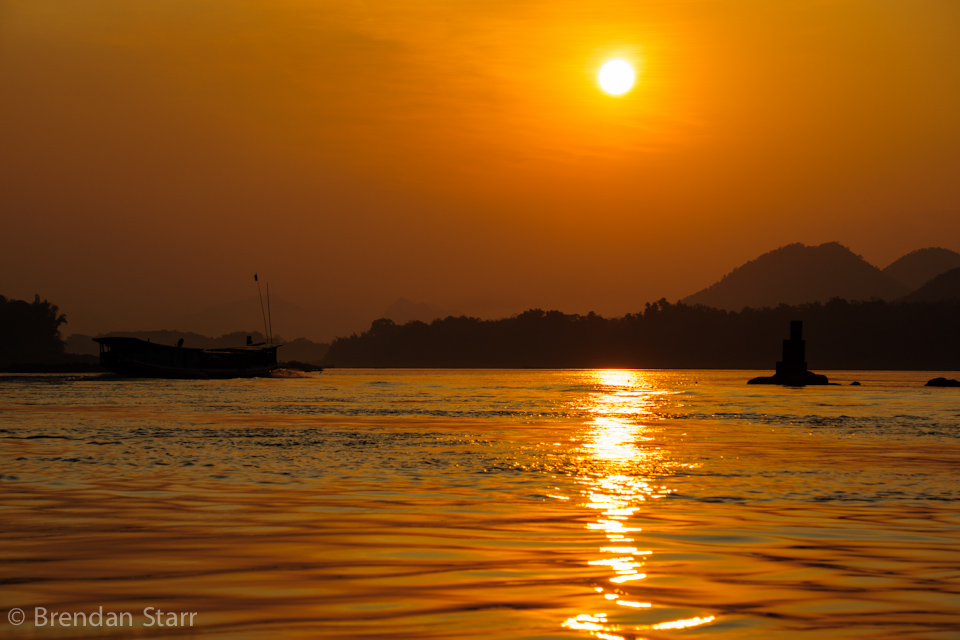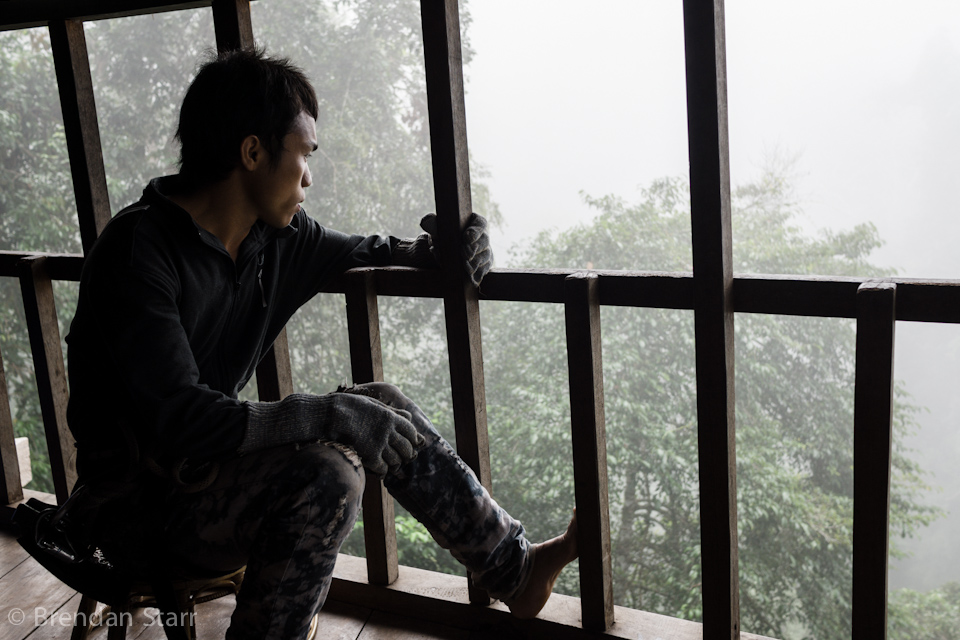Memorable Moments in Luang Prabang
Sunrise has become one of our favorite times of day. We arrived in Luang Prabang just as the sun was rising, fresh off a twelve-hour overnight bus from the border. The world was just waking up, but the city itself was already in full swing. The morning market bustled with business, doling out the daily ingredients for the city's restaurants and guesthouses. Monks slowly walked the streets around the temples, accepting offerings of rice, vegetables and money from the dozens of locals lining the sidewalks, men standing, women always sitting. Cafes, thankfully, opened their doors and offered the handful of early-bird, bleary-eyed tourists a hot cup of coffee and a front row seat. Despite the activity, it was quiet. There were no raised voices and no horns. It was almost like they were trying to keep it a secret, working busily in hushed tones to preserve the morning peace before the day interrupted.
I think it was times like this, individual moments, that stood out for us in Luang Prabang. The city itself is nice enough and we had some good times, but neither of us fell in love with it. It's the most popular tourist city in Laos, and we can see why. Luang Prabang is beautiful, with colorful colonial architecture, cobblestone streets and sidewalk cafes nestled between two rivers that make you feel like you're in France instead of one of the poorest countries in Asia. But, it's almost too quaint. Too curated. It doesn't have the grit that we've come to appreciate in this area - one too many cafes and a few too little street stalls (in the end it always comes back to food).
Since it's such a picturesque city, we'll let the photos do the talking. Here are our favorite moments in Luang Prabang, Laos.
Morning Market & Tamarind Cooking Class
Mekong River at Sunset and Pac Ou Caves
Kwang Si Waterfalls
Asian Bear Sanctuary























